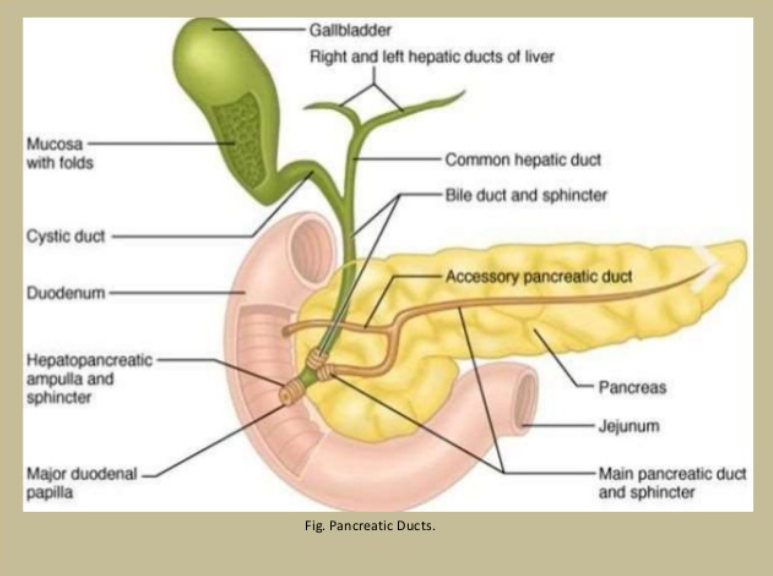
Life Without a Gallbladder
Life Without a Gallbladder
Anyone who has experienced gallbladder problems will tell you about the immense pain involved.
This pain has been described by some as like a severe heart attack but in the upper right side of the chest.
Mostly, though it presents as a deep dull pain which is also often felt in the upper right back, often mimicking spinal pain.
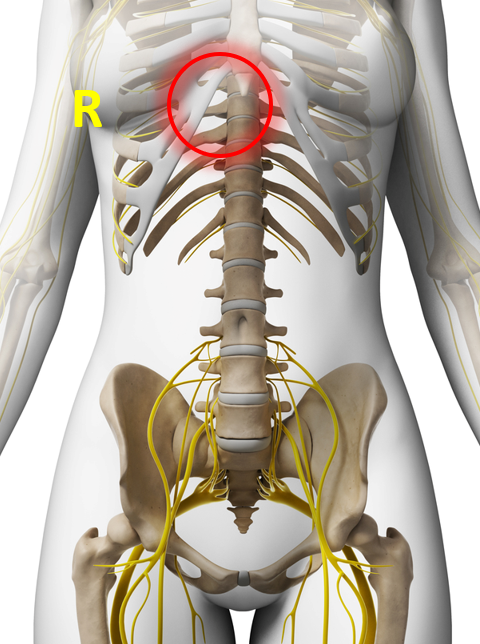

In the illustrations above,pain from gallbladder disease may be felt in the top right fron abdomen or top right back. But pain in these areas might also be symptoms of other problems.
But symptoms of Gallbladder disease generally present as the following list demonstrates.
- Abdominal pain
- Jaundice
- Nausea and/or vomiting
- Fatigue
- Fever
- Itching skin (called puritis)
- Bloating
Usually the pain results from the growth of gall stones within the gall bladder which become lodged in the bile duct. That is the tube that leads from the gall bladder and liver and enters the small intestine (the duodenum).
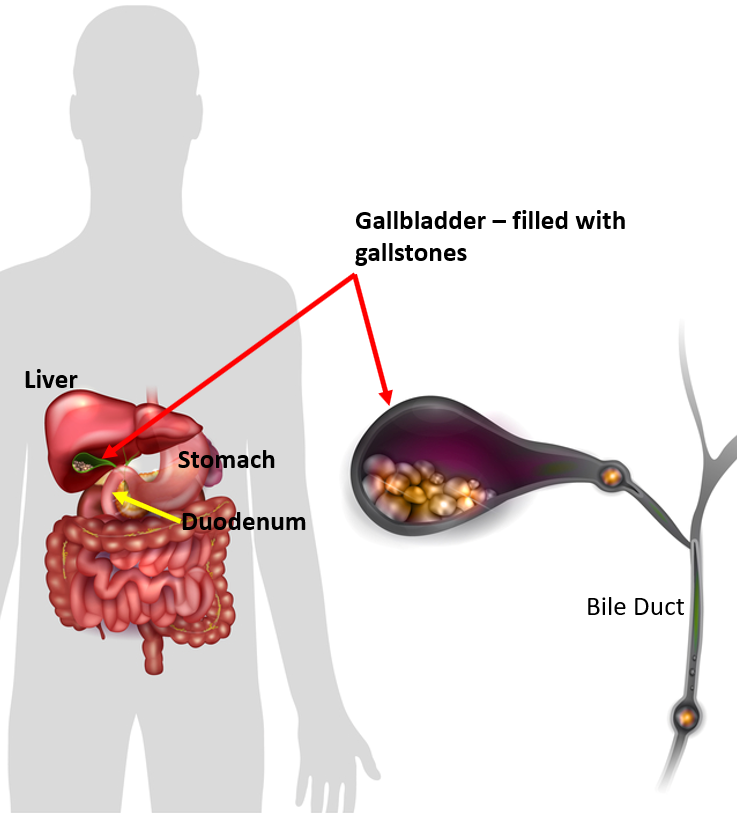
Notice the correlation of the gallbladder to the liver, pancrease and the small intestine Duodenum).
But, gallbladder disease can have a number of causes ranging from chronic liver disease (called sclerosing cholangitis) which inflames the bile ducts.
Another uncommon cause is abnormal muscular contractions (called dyskinesia) in the biliary tract and occasionally where the tract enders the duodenum.
However, these are not as common as the lodgement of a gall stone in the bile duct itself.
Most times, but not always, surgery is required to remove the diseased gallbladder.
In fact, according to the New York Times archive wheyback in 1995,
“More than 600,000 cholecystectomies are being done each year, 90 percent of them with the new laparoscopic technique. Gallbladder surgery is now about as common as hysterectomy, which is second only to Caesarean sections.”
Gallbladder removal is mostly accomplished by straightforward “keyhole” surgery (called laparoscopy) as against a few years ago when gall bladder surgery was akin to open heart surgery and a ten-day hospital stay.
Life after Gallbladder Removal
Unfortunately, many who have had their gallbladders removed experience an array of digestive problems.
For some it is abdominal pain and discomfort. For others it is vomiting or diarrhoea.
Each sufferer learns to examine food labels on processed foods and avoid certain foods and eliminate food additives from their diets that aggravate their sensitivity.
This can be psychologically debilitating for them and their family as it often limits eating out and can eliminate foods once considered favourites.
In fact, I know one young mother, who when inviting friends to go to a restaurant, phones the restaurant ahead to see what oils their food is cooked in and explains her problem. To their credit some restaurants cook a meal especially for her so that she can enjoy the ambience of her friends and to keep their customers happy.
What can be done?
First, let’s consider the effect upon the human body with gallbladder removal.
The very nature of the gallbladder is that it’s a storage receptacle.
It stores a quantity of bile until we have a meal (mostly a fatty meal) at which time the bladder ejects bile into the small intestine (with the enzymes from the pancreas).
The bile is mostly a phospholipid which emulsifies the fats in the meals (same as emulsifier is sprayed on oil spills) to break down the fat globules into miniscule particles to enable them to pass through the walls of the small intestines and enter the blood stream.

Without this storage facility (the gallbladder) the bile is no longer held in large quantities to emulsify the sudden onslaught of a heavy fatty meal.
Instead, bile constantly drips into the intestine, mostly in inadequate quantities to handle heavy meals (and particularly fatty meals) and emulsify the fats for them to be digested.
This results in numerous digestive reactions for those who have been the subject of gallbladder removal.
Good News for those suffering Gallbladder Removal
However, there is good news for some who have had their gallbladders removed.
I would suggest that whenever you have a heavy meal and particularly if it’s a fat laden meal (say at a restaurant) that you take two 1,000 mg lecithin tablets during the meal (spaced a little) before finishing.
The reason for this is that lecithin is a phospholipid (like bile), and enables the emulsifying of food as was intended by nature for those with gallbladders.
And Lecithin has a lot of beneficial features besides the actions quoted above, so that taken in the reasonable amounts it is not harmful, as the table below illustrates.
Lecithin Benefits
- Helps improve digestion
- Lowers cholesterol.
- Improves heart health.
- Aids breastfeeding mothers.
- May fight dementia symptoms.
- Soothes and moisturizes skin.
Additional Helps for People with Gallbladder removal
Unfortunately, for many people, gallbladder removal has caused added complications to their lives that requires constant surveillance.
Here are further suggestions to avoid abdominal pain or other digestive complications.
Remove all unnatural oils from your diet.
Margarine for example is a non-natural product not suitable for human digestion and should be avoided. Eat butter as it’s much safer and healthier.
The following chart illustrates the industrial manufacturing process required to make margarine.
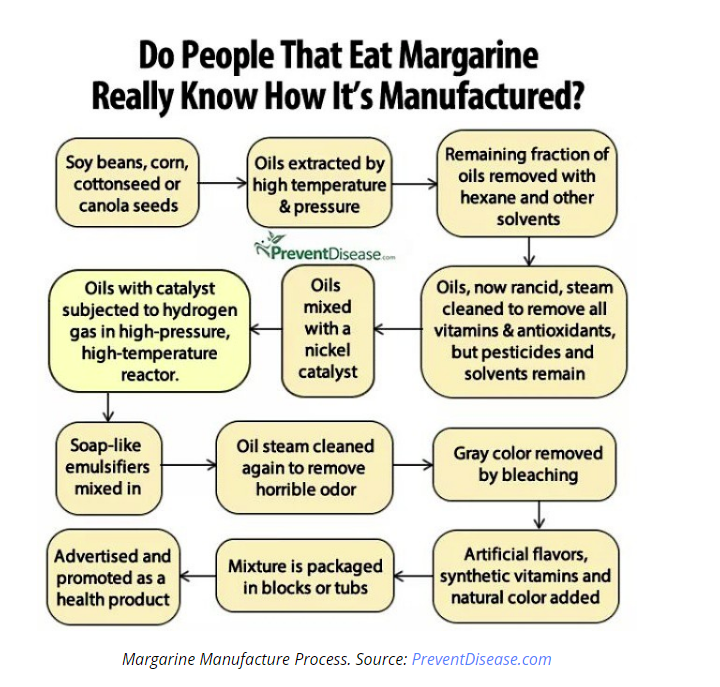
Another manufactured product to avoid for those who live after gall bladder removal is canola oil.
Like margarine, canola oil is a recent invention of industry.
See this extract:
This new oil was first developed in Canada, and the name Canola comes from the term, Canadian oil.
In nature, there is actually no such thing as a “Canola plant” that produces “Canola oil. ”
Canola oil” is simply a trade name for low-erucic acid rapeseed oil
https://www.smallfootprintfamily.com/the-inconvenient-truth-about-canola-oil
Olive oil, coconut oil and lard and even avocado oil are better alternatives in the appropriate dishes.
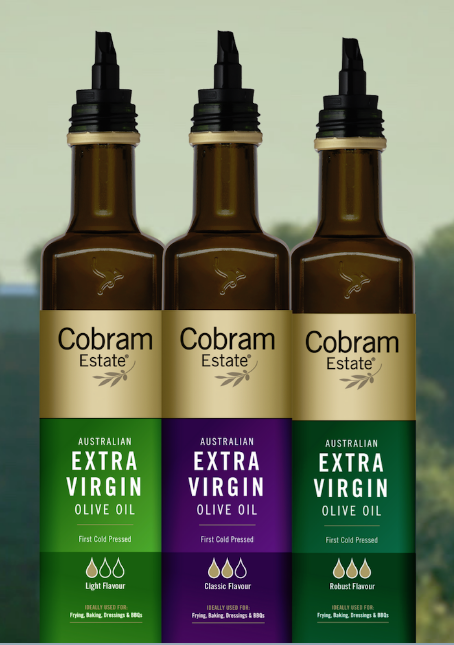
The illustration above shows the high grade olive oil to be used in cooking. The light flavored version is also good for having a spoonful or two a day as a supplement.
Also, have you noticed all the chemical additives, preservatives and colorings included in manufactured foods? Things that you would never add to your own home-made meals!
In conclusion, life is liveable after gallbladder removal but it means you have to be a little more diligent than the average person to avoid all of those things that that irritate your digestive system.
Here’s to your health.
Join Our Health Tribe
Become part of our health tribe and receive a free book and the latest weekly health snippets, as well as monthly health posts for you and your family to keep abreast of health information.
Recent Comments